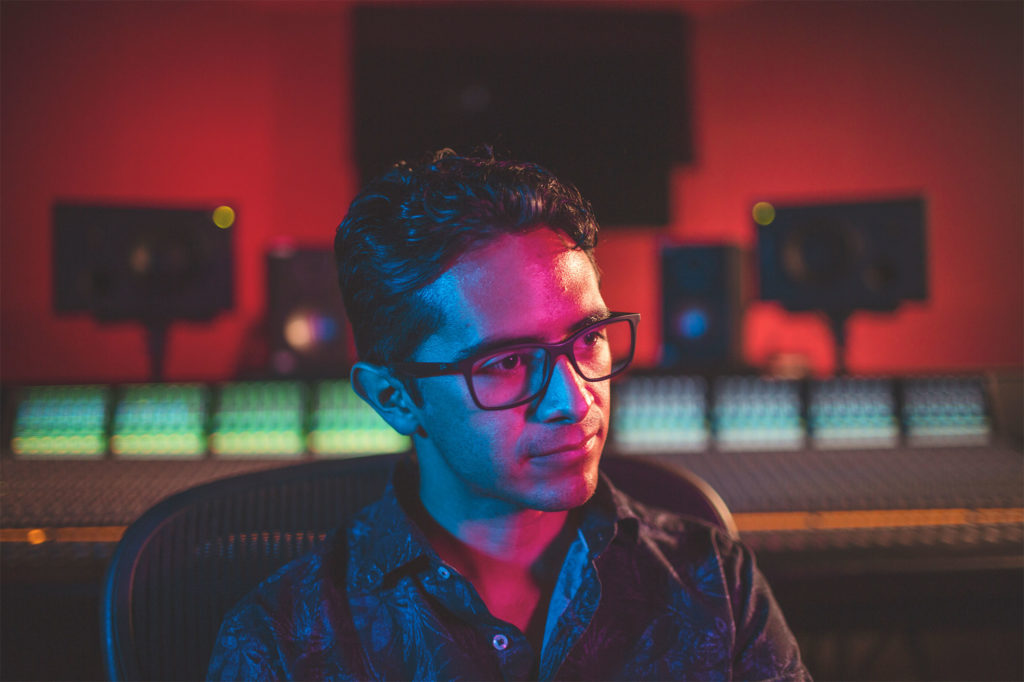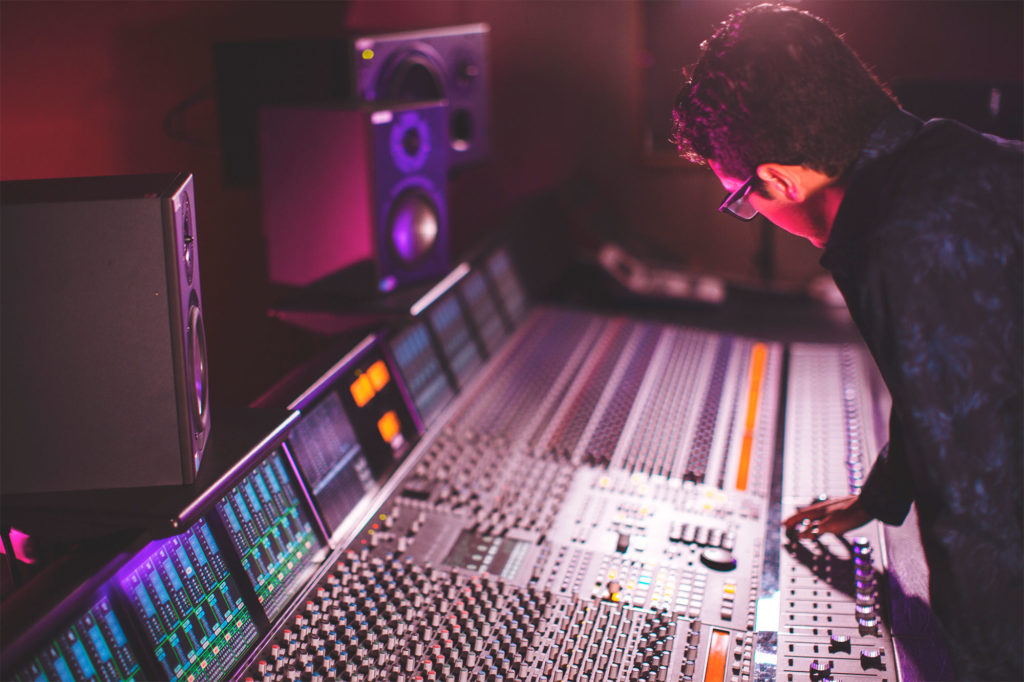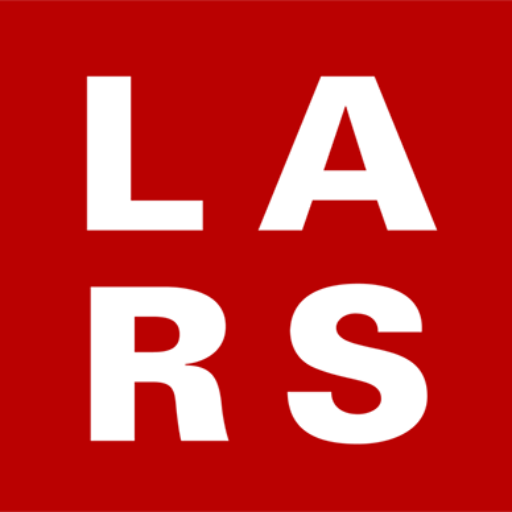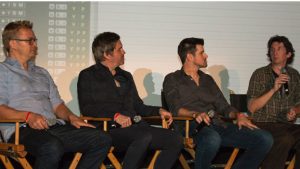Andrés Borda Zabala Works With Latin Music Icons
A select few people can say they’ve won a Grammy in their lifetime. In the eight years since Andrés graduated from The Los Angeles Recording School, he’s won five Grammys as an audio engineer. Including three Latin Grammys and one American Grammy for his work on Natalia Lafourcade’s 2015 Hasta La Raiz album. Followed by a Latin Grammy for Carlos Vives’s self-titled album, Vives, in 2018. “It’s funny how life rewards us with what we want, but it’s how we get there that defines us,” said Andrés at our 2019 July graduation ceremony.

The Carlos Vives Connection
A native to Colombia, Andrés developed a proclivity for Latin music at 12 years old. He found inventive ways to make his early recordings sound better, constantly tweaking and tuning his audio instruments. It’s no coincidence that Andrés’s love of music stems from his home country, whose history is deeply rooted in exuberant music and dance. Colombia is known as “the land of a thousand rhythms,” with its cultural heritage tied to the sounds of cumbia and vallenato. Both are folk genres of music that trace back to Afro-Colombian and Carribean musical styles. Many Latin artists today draw inspiration from cumbia and vallenato, adding their own modern twist.
Eventually, Andrés’s childhood tinkerings paid off. A chance encounter during a family trip to Mexico City catapulted his dreams of being an audio engineer. Andrés and his mom met Carlos Vives, who was even back then a big deal. Little did Andrés know that 20 years later he’d be living out his childhood dream and winning a Grammy for Carlos Vives’s album, Vives.
Becoming an award-winning audio engineer
Currently, Andrés works as a studio manager and chief audio engineer for Carlos Vives at Gaira Musica Local Estudios in Bogotá, Colombia. Carlos was an early pioneer of the modern vallenato music movement after transitioning from soap opera star into his singing career in the late-eighties. Today, Carlos is arguably the biggest singer in Latin America and has over 4 million subscribers on his official YouTube channel.
As chief engineer at Gaira Music Studio, Andrés spends most of this time in the recording studio working with Carlos and his producers on an upcoming studio album. Andrés’s own audio engineer career has taken off in the past five years, but he stays grounded. While speaking to the July graduation class, he gave a piece of advice that is an important lesson to remember. “Be humble, your positive attitude and humility will always be essential for your personal growth. Be grateful for every challenge; every opportunity you get will shape your life forever. You can always conquer anything, but never forget how you got here,” said Andrés.

Andrés working on the SSL Duality Console
Quick interview with Andrés
1. What is your process for engineering an album like Vives?
For the Carlos Vives Album, the process mainly concentrated on all Carlos’s vocal recordings, and all of his vocal production for every song. I would receive all the sessions from Miami and start arranging every session for vocal production, such as track creation, automation for a premix, arrange hearback playback, vocal FX, mic placement, arrange the studio for vocals, set the board, prepare tea and go…
I also recorded a full song production at the studio, “El Sombrero de Alejo,” a 3-day process, working approximately 14 hours straight each day. The recording session was arranged by a producer and handle by me in every part of the way. The tracking instruments where caja, guacharaca, drums, guitars, bass, vocals and bgs. During every tracking session, I always need to advance in another process. That’s why when I’m recording, I’m editing all recordings and arranging the session in a more efficient way, so by the end of every song I would have a better result in premixing and organization.
2. What was it like attending the Latin Grammys in Las Vegas this past year?
It was just an amazing moment in my career as a recording engineer. I’m very proud of all the steps I have accomplished. For me, it was a great moment–a Colombian moment. I would also say understanding and grasping the idea that I was being nominated for working on an album of one of the best Latin artists in the industry; the best representation of Colombian music. And it got better, I got the chance of sharing this moment with my mother and sister in Vegas. It was a unique experience!
3. Who has been the most influential person in your career?
It’s difficult to say because your career is always supported at different stages by people who are just the main key for your progress as a professional. My family has always been the main support in my life and where the ones who have helped me take the first steps into change. Along the way, Rene Garza was the first person that opened his studio door for me 2 months after graduation. By just having that one shot changed my life forever. After that its history…
Every experience in the studio, with artists, musicians, A&Rs, managers, assistants, engineers creates a sense of respect and responsibility for a place where creativity will burst automatically in every way possible. At that point on, everything is influential.
Interested in Audio?
If you found 2011 alumnus Andrés Borda Zabala’s journey inspiring, check out the Audio Production program at The L.A. Recording School here to learn more.

